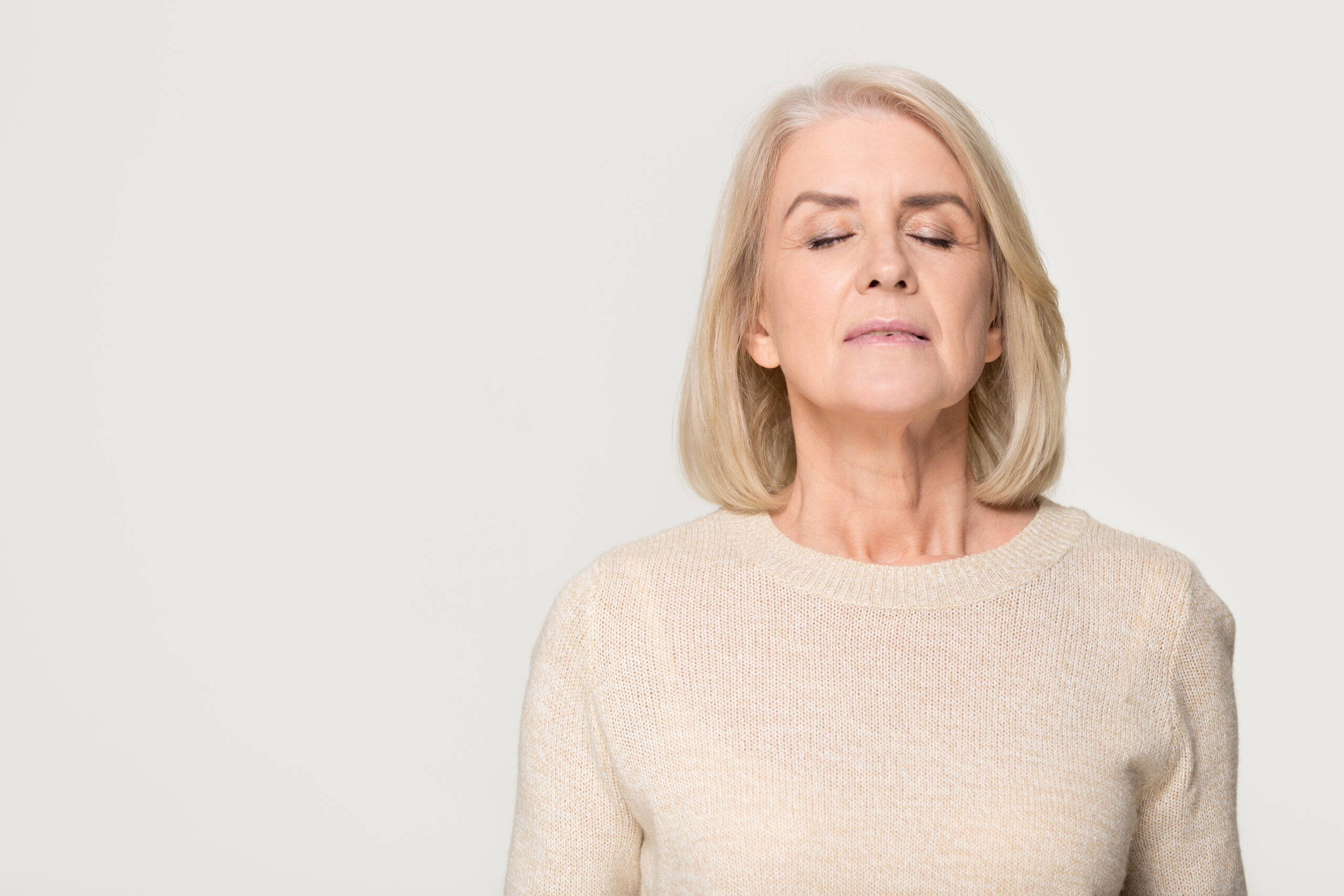Depression and Anxiety in Seniors
Depression and anxiety in seniors is common, but that doesn’t mean it’s a normal part of aging. In older adults, many signs of depression can be misinterpreted as symptoms of a health condition, cognitive decline or medication side effect. As we age, people experience many important life changes that may cause feelings of stress and sadness. After a major event, such as losing a loved one or being diagnosed with a serious illness, it’s normal to feel grief. However, if this feeling lasts more than two weeks, it could be a sign of something more serious.
Signs of Depression
- Depressed or irritable mood
- Diminished interest or loss of pleasure in almost all activities
- Significant weight change or appetite disturbance
- Changes in sleeping patterns
- Intense restlessness
- Feelings of guilt and worthlessness
- Decreased ability to concentrate
- Recurrent thoughts of death and/or suicide
Depression is a serious mental health condition and many people who experience depression need treatment to recover. Unfortunately, most cases of depression are left undiagnosed and untreated. Antidepressants are effective—and can often be lifesaving—but they have limitations. Studies have shown that only one-third to half of people treated with antidepressants recovered from their depression. And even after treatment, depression symptoms may linger.
The Benefits of Mindfulness
Mindfulness-Based Cognitive Therapy (MBCT) can be a powerful tool to help you manage your depression more effectively. In fact, for people with severe depression, it has shown to be more effective than antidepressants in treating depression symptoms and preventing relapse.
MBCT blends cognitive behavior therapy with mindfulness meditation. While it may seem counterintuitive to spend more time focused on your thoughts, mindfulness meditation can help you become more aware of your thoughts and feelings so you can be more accepting of yourself and change your response to negative thinking. During meditation, you shift your mindset to become more present in the moment, moving focus away from depressive thoughts. For example, if you’re depressed and you think to yourself “I’m no good,” you have the power to observe that thought without passing judgment or regarding it as truth.
The Three Selves
We can define three parts of ourselves: the observing self, the physical self, and the thinking self. The observing self is the position of mindfulness. The physical self explores the senses—seeing, hearing, smelling, tasting, touching. The thinking self generates thoughts, judgments, visualizations, memories, and fantasies.
How to Practice Mindfulness
Anyone can learn how to practice mindfulness—although it may take some time to get used to it. Here’s a 3-minute exercise where we’ll transition from broad awareness to focused awareness and back. If at any time your mind starts to wander, that’s OK. Just catch yourself and refocus your attention back to your breathing.
- Sit down and let your eyes drift shut. If you feel more comfortable, you can gaze softly in front of yourself. Take a slow, deep breath. Focus on the sensations you feel as you sit there. Do your arms feel heavy? How does your back feel against your chair? Focus on the weight of your feet. Feel the texture of your socks and shoes.
- Now start to shift your focus to the thoughts you’re having. Imagine the thoughts as clouds moving across the sky. Observe your thoughts, but don’t engage with them. What emotions are you feeling? Acknowledge and accept those feelings.
- Bring your focus back to your breathing. Turn your attention to the temperature of the air moving in and out of your nostrils. The sound your breath makes. Notice the fullness of your lungs as they expand and contract. Gently, gradually extend your awareness to your body as a whole.
Even just a few minutes of mindfulness a day can make a difference in the way our brain functions and regulates emotions. Whether this is through a guided meditation, mindful walking, yoga or another form of mindfulness, aim for at least one or two sessions a day for maximum benefits.
There are many mindfulness books, resources and apps you can download on your phone or device to help you with meditation journey. And be sure to follow our blog for updates and resources about wellness for seniors and their families.
Click here for access to the webinar “Harnessing the Power of Mindfulness to Alleviate Depression” featuring Dr. Stuart Eisendrath, Professor of Clinical Psychiatry Emeritus at UCSF and Author.

